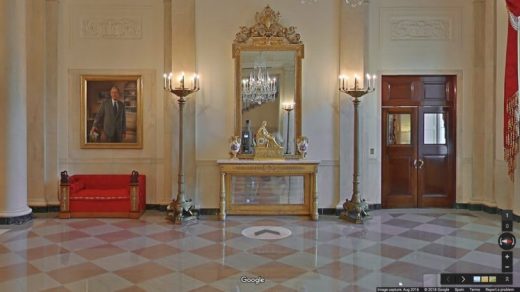The Google Street View robot takes better selfies than you
For the last six years, Mario Santamaria has practiced a strange pastime. Whenever Google digitizes a new museum–from the British Museum of London to the Peoria Historical Society of Peoria, Illinois–he clicks through the digital museum at maximum speed, zooming past the priceless works of art. He’s on the hunt for one thing, and one thing only.
“I’m looking for a mirror where I can reflect myself,” he says. More specifically, he’s looking for a mirror where he can reflect Google’s Streetview robot, which took all of the photographs.
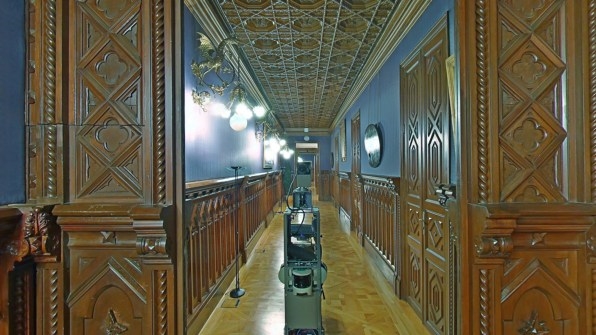
Once he finds these robot selfies, Santamaria uploads them to The Camera In The Mirror on Tumblr. The scenes, which feature the silent robot exploring, sometimes looking like a glorified Mr. Coffee, other times draped in silver fabric as if dressed for the occasion, are immaculately framed and staged. Frequent motifs include crystal chandeliers, golden candelabras, gilded mirrors, and marble busts. And right in the middle, you’ve got this metal shelf of a robot that looks straight out of a low-budget 1960s sci-fi TV show, looking into a mirror alone.
It’s easy to anthropomorphize the camera, but Santamaria finds deeper meaning in the robot’s self-portraiture: “What is the position of the human observer in a world increasingly crossed by machinic processes?” he asks. “What sense does cultural heritage have for the gaze of the machine? Who are we really creating these digital platforms for? Who are the inhabitants of this new infosphere? Are the images looking at us?” Indeed, in a world digitized by machines, and increasingly populated by machines, is any of the resulting data–from Google, or Apple, or Amazon–really for us at the end of the day? Or are we just a blip on a trajectory toward optimal automated efficiency, where everything can be boiled down to networks exchanging data?
Of course Santamaria has no answers for these questions (neither do I), which is why he continues with the work. Such existential questions certainly frame Google’s robot selfies in a different light, and that’s why they’re so interesting: They were never for us to see in the first place.
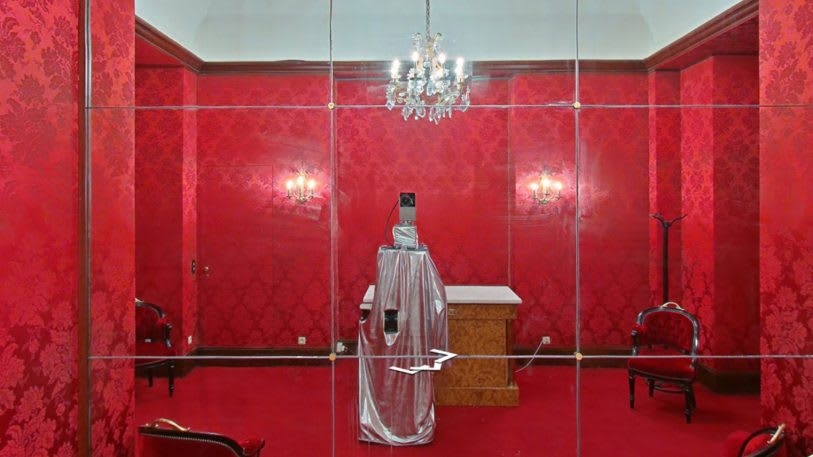
[Image: courtesy Mario Santamaria]
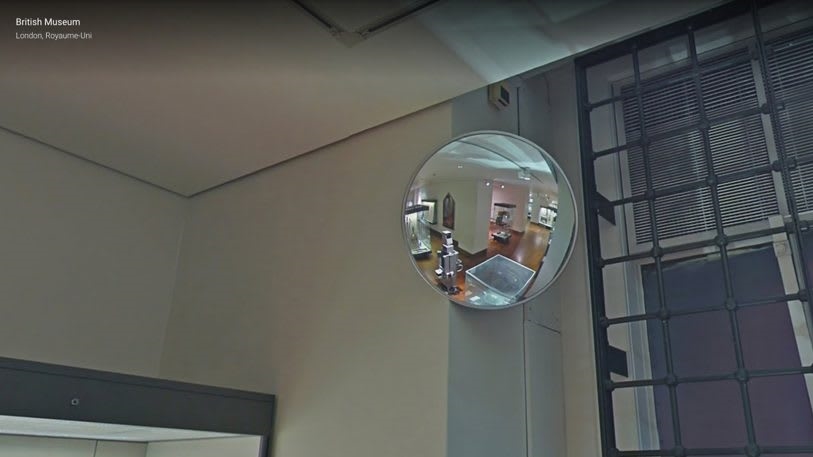
British Museum, London. [Image: courtesy Mario Santamaria]
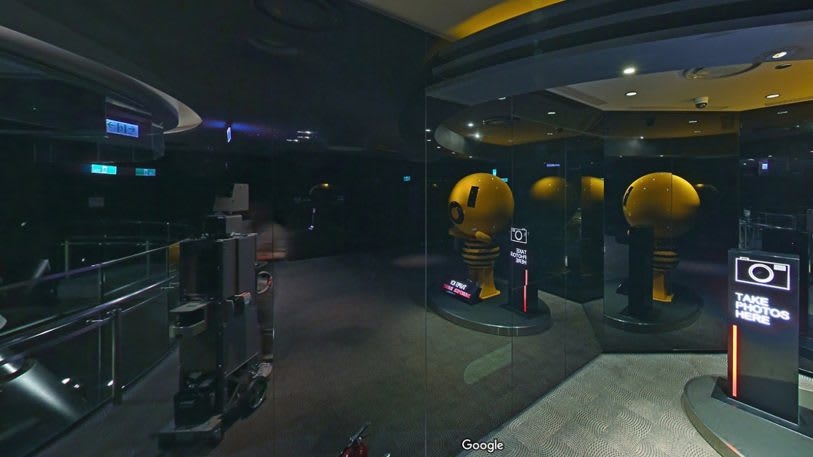
Taipei 101 Obervatory, Taiwan. [Image: courtesy Mario Santamaria]
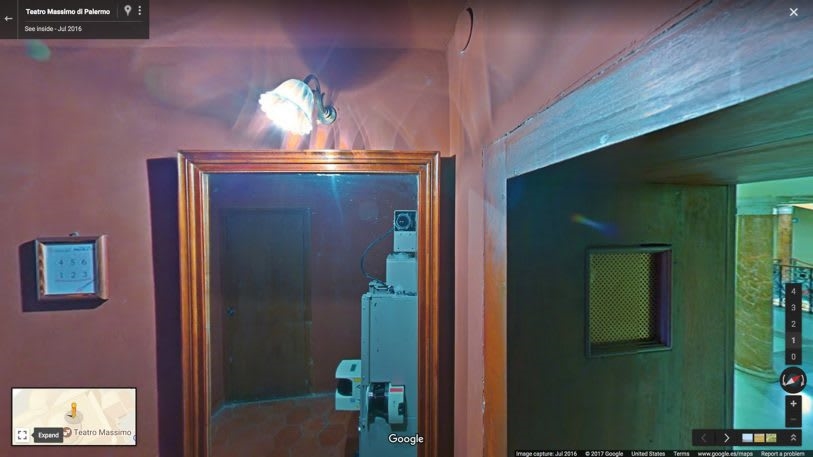
Teatro Massimo of Palermo. [Image: courtesy Mario Santamaria]
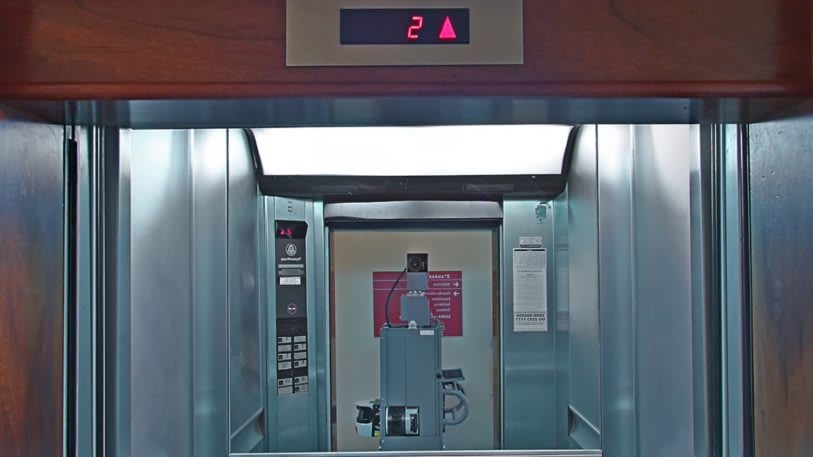
Museu Nacional de Belas Artes. Rio de Janeiro, Brasil. [Image: courtesy Mario Santamaria]
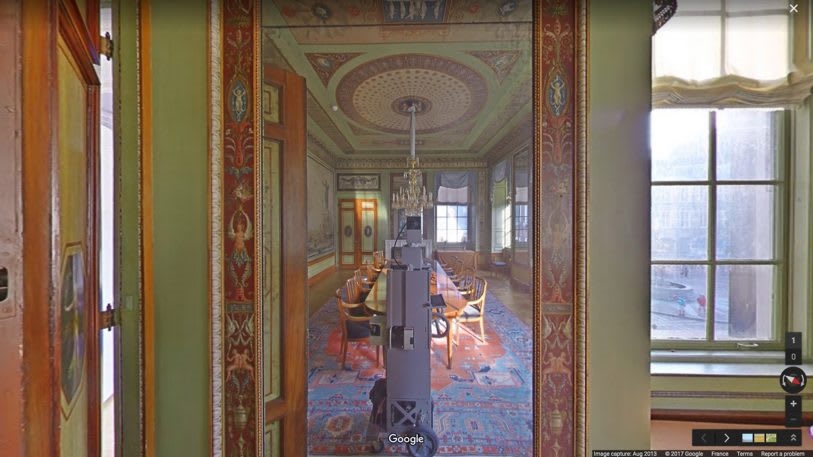
Ministerie van Algemene Zaken. The Hague, Netherlands. [Image: courtesy Mario Santamaria]
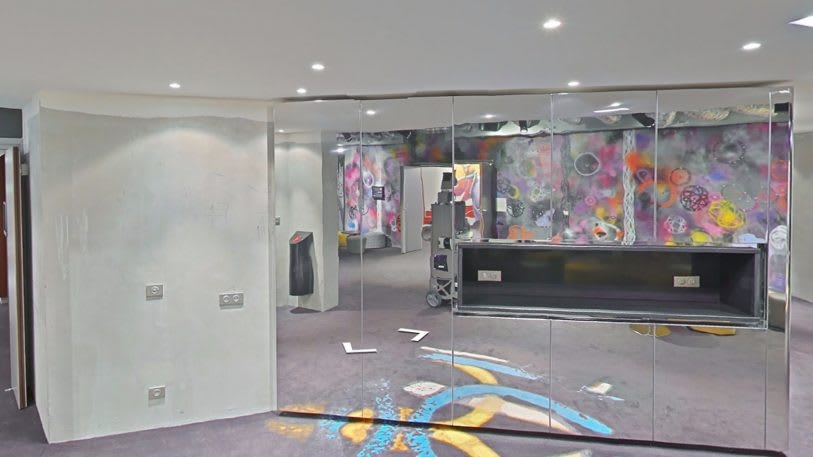
Museum of Street Art. Paris, France. [Image: courtesy Mario Santamaria]
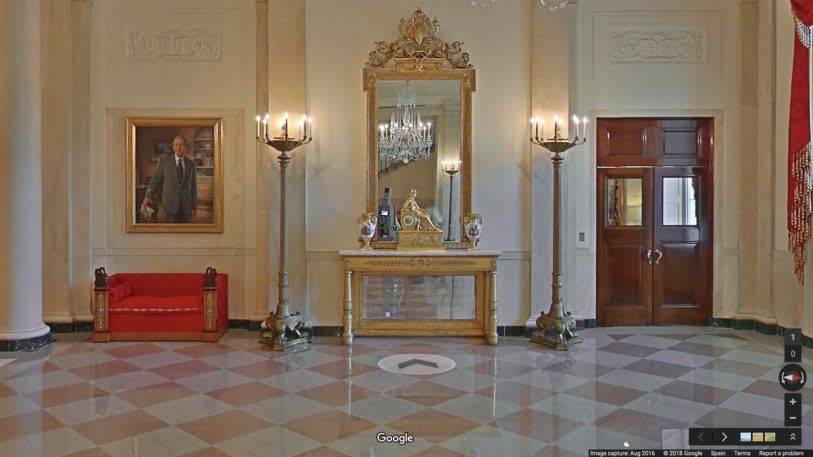
The White House. Washington D.C. [Image: courtesy Mario Santamaria]
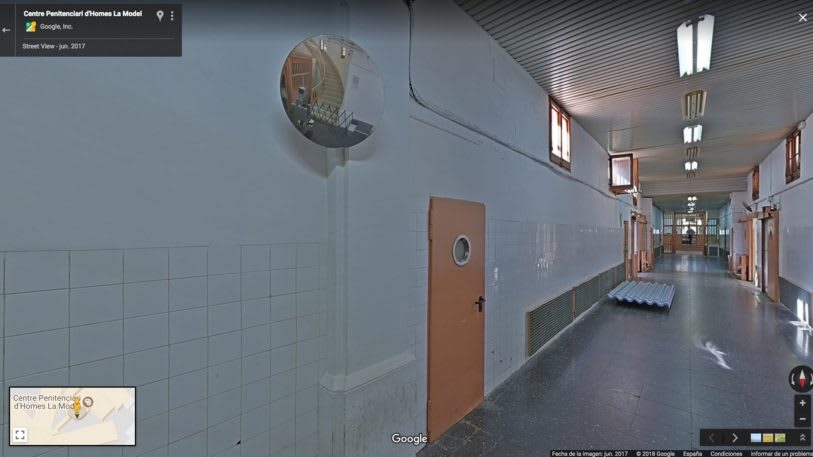
Penitentiary Center The Model, Barcelona. [Image: courtesy Mario Santamaria]
Fast Company , Read Full Story
(31)

